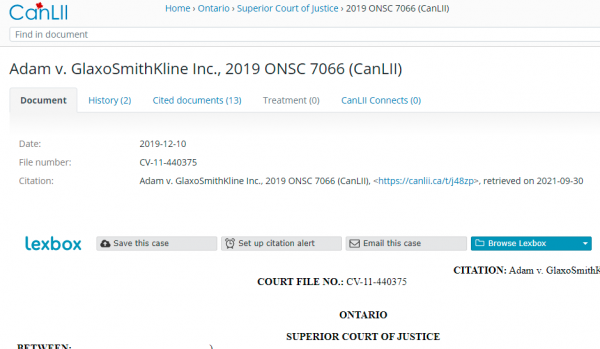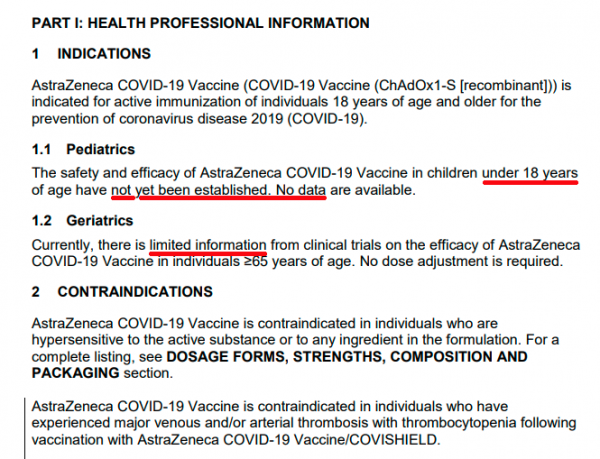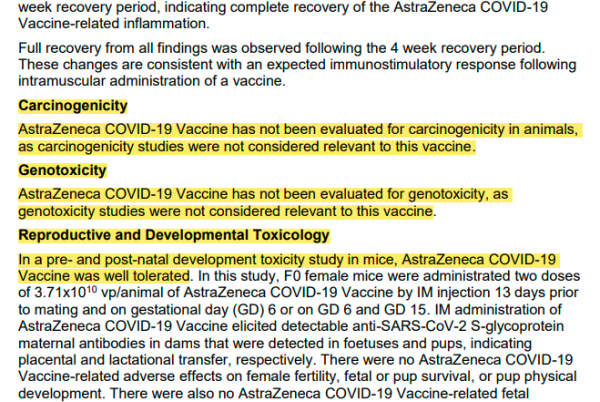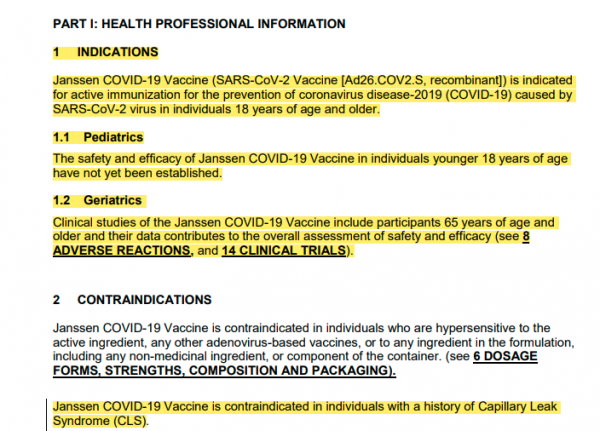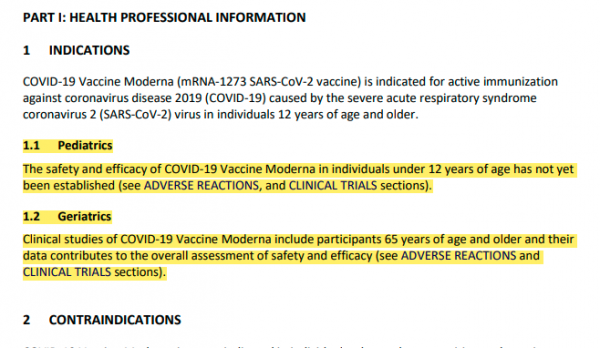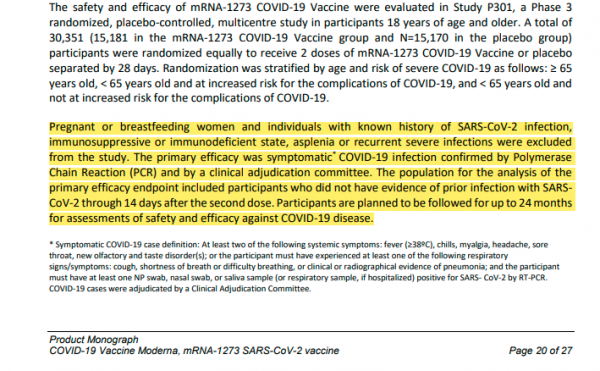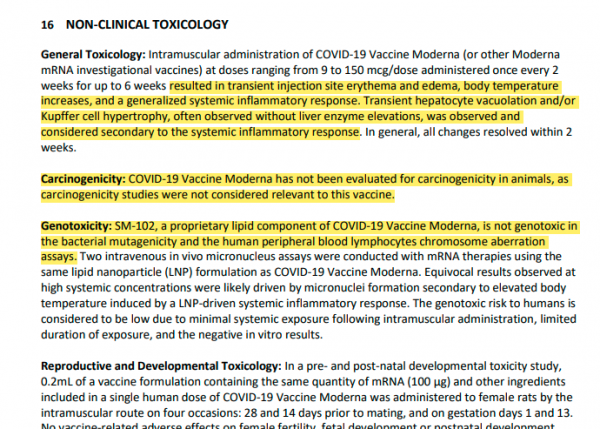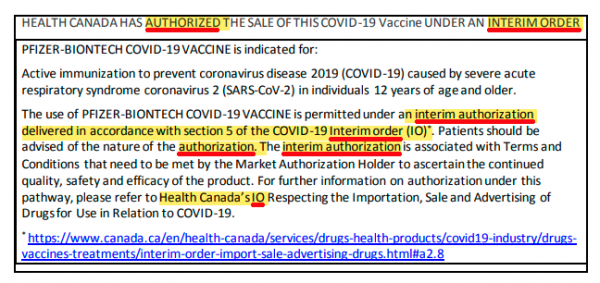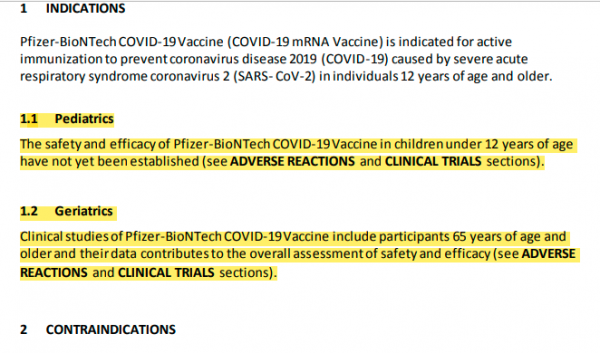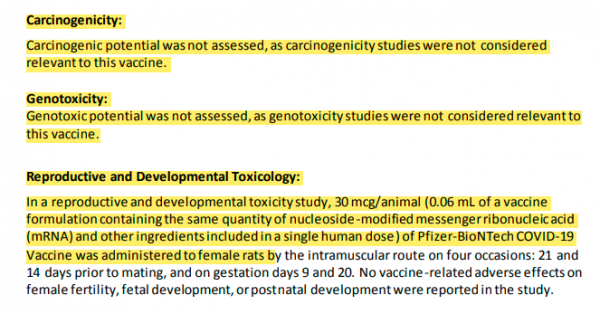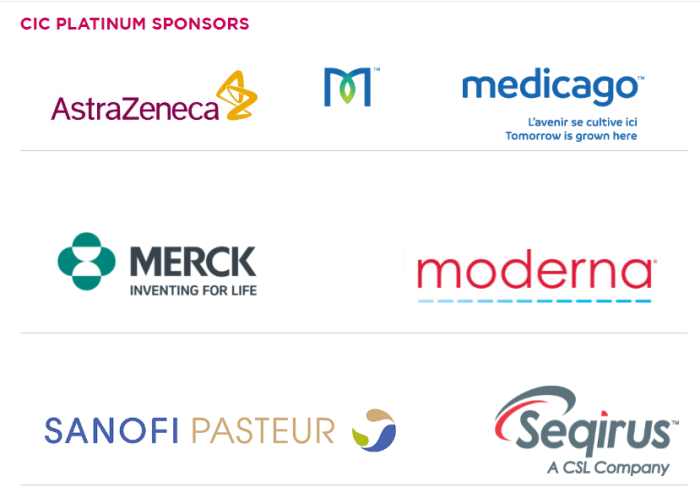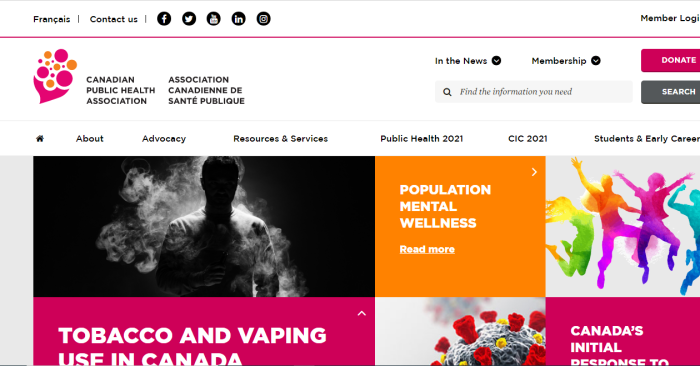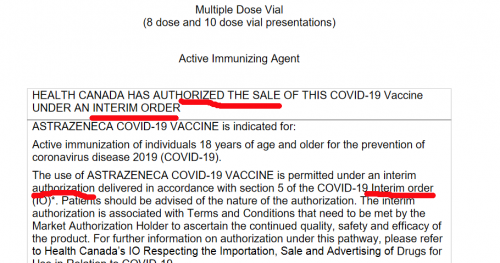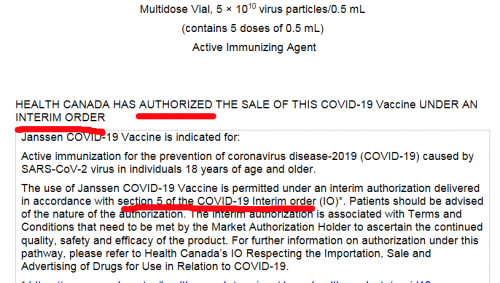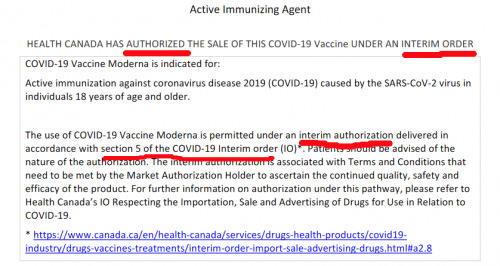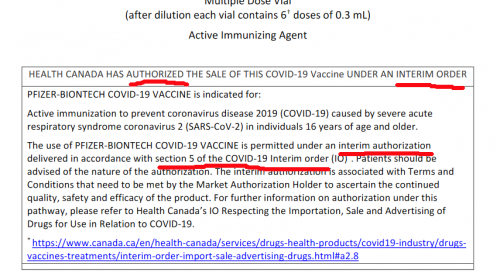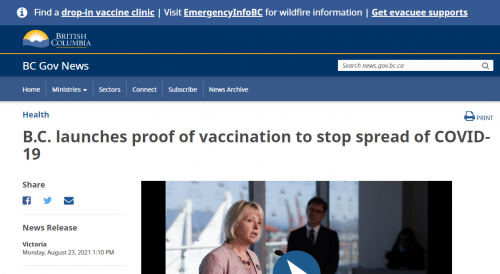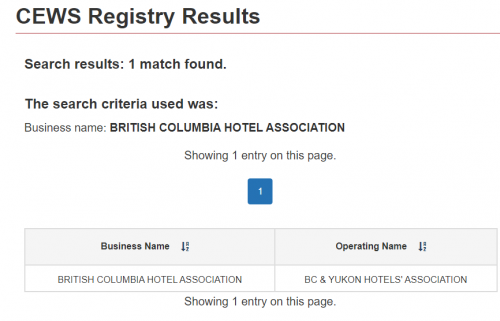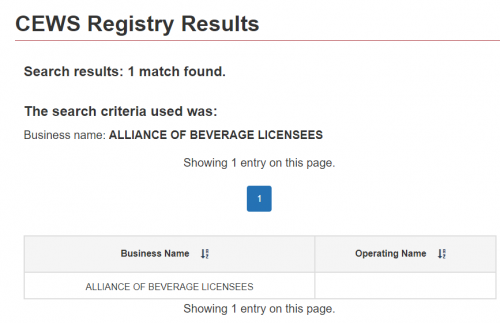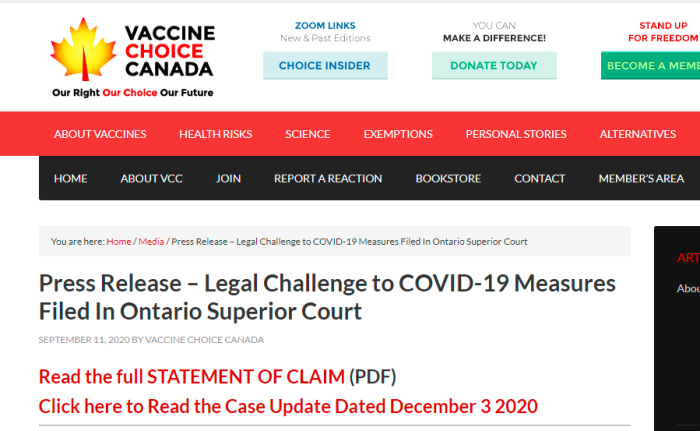

This article concerns a lawsuit from July 6, 2020, which had previously been talked about. This is the challenge from Vaccine Choice Canada and several individuals which was supposed to end all regulations and medical martial law in Canada.
Instead of that, this lawsuit is no closer to Trial than it was 14 months ago. There are still no defenses filed. In fact, other than Windsor-Essex Country and their MOH, Wajid Ahmed, no one else is even listed as having a lawyer. Rather than file an application for a default judgement, Vaccine Choice Canada has been content to let it sit forever, and just ask for donations. This is clearly designed to go nowhere, but that is never made clear to the people who get solicited for money.
And no, it’s not their only case. There is another filed on October 24, 2019, to challenge mandatory immunization of students. There has been no movement on that since March 2020, when the pleadings ended.
The shoddy work of the 2020 case had been critiqued before, however, it’s long time to take a look at the Rules of Civil Procedure in Ontario. Let’s see exactly why this is due to fail, assuming it were ever challenged. It’s not enough to say that a document is garbage. Instead, it must be explained “why” that is the case.
Recently, the suit from Action4Canada was critiqued, and much the same defects were noted. That will never get to Trial either.
As with the last review, the pleadings are so awful, that it’s difficult to believe this was done by accident. This doesn’t look like the work of a lawyer with 35-40 years of experience, but someone who is trying to ensure a case gets bogged down.
To be clear, this isn’t a defense of Trudeau, Ford, Tory, or any of their authoritarian operatives. That being said, it’s impossible to pretend that this lawsuit actually stands a chance in Court.
To start off, let’s look at a few parts of the Ontario Rules for Civil Procedure. This will list the specifics which are relevant here.
RULE 2.1 GENERAL POWERS TO STAY OR DISMISS IF VEXATIOUS, ETC.
STAY, DISMISSAL OF FRIVOLOUS, VEXATIOUS, ABUSIVE PROCEEDING
Order to Stay, Dismiss Proceeding
.
2.1.01 (1) The court may, on its own initiative, stay or dismiss a proceeding if the proceeding appears on its face to be frivolous or vexatious or otherwise an abuse of the process of the court. O. Reg. 43/14, s. 1.
RULE 18 TIME FOR DELIVERY OF STATEMENT OF DEFENCE
TIME FOR DELIVERY OF STATEMENT OF DEFENCE
18.01 Except as provided in rule 18.02 or subrule 19.01 (5) (late delivery of defence) or 27.04 (2) (counterclaim against plaintiff and non-party), a statement of defence (Form 18A) shall be delivered,
.
(a) within twenty days after service of the statement of claim, where the defendant is served in Ontario;
(b) within forty days after service of the statement of claim, where the defendant is served elsewhere in Canada or in the United States of America; or
(c) within sixty days after service of the statement of claim, where the defendant is served anywhere else. R.R.O. 1990, Reg. 194, r. 18.01.
NOTICE OF INTENT TO DEFEND
18.02 (1) A defendant who is served with a statement of claim and intends to defend the action may deliver a notice of intent to defend (Form 18B) within the time prescribed for delivery of a statement of defence. R.R.O. 1990, Reg. 194, r. 18.02 (1).
.
(2) A defendant who delivers a notice of intent to defend within the prescribed time is entitled to ten days, in addition to the time prescribed by rule 18.01, within which to deliver a statement of defence. R.R.O. 1990, Reg. 194, r. 18.02 (2).
.
(3) Subrules (1) and (2) apply, with necessary modifications, to,
(a) a defendant to a counterclaim who is not already a party to the main action and who has been served with a statement of defence and counterclaim; and
(b) a third party who has been served with a third party claim. R.R.O. 1990, Reg. 194, r. 18.02 (3).
If a Defendant doesn’t file a defence after 20 days, the Plaintiff can go seek a default judgement. This essentially means (if granted) the case would effectively be over. Note: a Defendant can still file a notice of intent, which buys them an extra 10 days. It does not stop the proceedings entirely.
RULE 19 DEFAULT PROCEEDINGS
NOTING DEFAULT
Where no Defence Delivered
.
19.01 (1) Where a defendant fails to deliver a statement of defence within the prescribed time, the plaintiff may, on filing proof of service of the statement of claim, or of deemed service under subrule 16.01 (2), require the registrar to note the defendant in default. R.R.O. 1990, Reg. 194, r. 19.01 (1); O. Reg. 113/01, s. 3.
CONSEQUENCES OF NOTING DEFAULT
19.02 (1) A defendant who has been noted in default,
.
(a) is deemed to admit the truth of all allegations of fact made in the statement of claim; and
(b) shall not deliver a statement of defence or take any other step in the action, other than a motion to set aside the noting of default or any judgment obtained by reason of the default, except with leave of the court or the consent of the plaintiff. R.R.O. 1990, Reg. 194, r. 19.02 (1).
According to the Rules, if a Defendant never bothers to file any sort of response, the facts are considered to be admitted. However, an application for default judgement has to actually be submitted.
RULE 24 DISMISSAL OF ACTION FOR DELAY
Where Available
24.01 (1) A defendant who is not in default under these rules or an order of the court may move to have an action dismissed for delay where the plaintiff has failed,
(a) to serve the statement of claim on all the defendants within the prescribed time;
(b) to have noted in default any defendant who has failed to deliver a statement of defence, within thirty days after the default;
(c) to set the action down for trial within six months after the close of pleadings; or
(d) Revoked:
(e) to move for leave to restore to a trial list an action that has been struck off the trial list, within thirty days after the action was struck off.
Although it’s unclear who was served, Rule 24 could apply for a variety of different reasons. It’s also worth noting that Rule 14.08 specifies that a Statement of Claim must be served within 6 months of being filed.
RULES OF PLEADING — APPLICABLE TO ALL PLEADINGS
Material Facts
.
25.06(1) Every pleading shall contain a concise statement of the material facts on which the party relies for the claim or defence, but not the evidence by which those facts are to be proved. R.R.O. 1990, Reg. 194, r. 25.06 (1).
.
Pleading Law
.
(2) A party may raise any point of law in a pleading, but conclusions of law may be pleaded only if the material facts supporting them are pleaded. R.R.O. 1990, Reg. 194, r. 25.06 (2).
Documents or Conversations
.
25.06(7) The effect of a document or the purport of a conversation, if material, shall be pleaded as briefly as possible, but the precise words of the document or conversation need not be pleaded unless those words are themselves material. R.R.O. 1990, Reg. 194, r. 25.06 (7).
In other words, the pleadings should not contain long quotes. References or short mentions are fine, but there isn’t supposed to be entire paragraphs or pages for this. These aren’t some abstract or archaic concepts, but are pretty basic in terms of drawing up documents.
Claim for Relief
.
25.06(9) Where a pleading contains a claim for relief, the nature of the relief claimed shall be specified and, where damages are claimed,
.
(a) the amount claimed for each claimant in respect of each claim shall be stated; and
.
(b) the amounts and particulars of special damages need only be pleaded to the extent that they are known at the date of the pleading, but notice of any further amounts and particulars shall be delivered forthwith after they become known and, in any event, not less than ten days before trial. R.R.O. 1990, Reg. 194, r. 25.06 (9).
This should be commonsense, but if money is going to be demanded (and there are multiple Plaintiffs), one needs to specify who gets what. This avoids confusion and arguments later on.
PARTICULARS
25.10 Where a party demands particulars of an allegation in the pleading of an opposite party, and the opposite party fails to supply them within seven days, the court may order particulars to be delivered within a specified time. R.R.O. 1990, Reg. 194, r. 25.10.
A demand for particulars is what gets served when the claim or application is convoluted to understand. This would be another option here. The Defendants could quite reasonably reply with a request that it be made clear what the other side actually wants.
STRIKING OUT A PLEADING OR OTHER DOCUMENT
25.11 The court may strike out or expunge all or part of a pleading or other document, with or without leave to amend, on the ground that the pleading or other document,
.
(a) may prejudice or delay the fair trial of the action;
(b) is scandalous, frivolous or vexatious; or
(c) is an abuse of the process of the court. R.R.O. 1990, Reg. 194, r. 25.11.
These Rules around pleadings are pretty similar to Rule 3-1 and 3-7 in the British Columbia Supreme Court Rules of Civil Procedure. There are minor differences, but the regulations around drafting and serving pleadings is much the same. Now, let’s get into some specific criticisms.
1. No Concise Set Of Material Facts Pleaded In Statement Of Claim
Rule 25.06(1) states that every pleading shall contain a concise statement of the material facts. This is not at all concise. This 191 page filing is rambling, redundant, and contains bald allegations without underlying facts listed to support them.
As one example, look at page 21 and Cindy Campbell. Instead of briefly stating facts, this goes on and on about her story. These long, bloated paragraphs make it impossible for the other side to simply admit or deny allegations. This is done very poorly. It continues with Groza, Lepe, Spizzirri and Shepherd.
In fact, the bulk of the SoC doesn’t belong here, and would certainly be struck if challenged by the Defendants. More on that coming up.
2. Relief For Each Claimant Not Stated In Statement Of Claim
Rule 25.06(9)(a) spells out that the amount for each Claimant (or person suing), must be stated clearly. On page 18, there is a request for $11 million, but it appears to be against CBC only. Moreover, it isn’t clear who exactly it’s supposed to go to.
Against the Crown and Municipal Defendants, no money is sought, only declarative and injunctive relief. That’s right, Trudeau, Tam, Ford, and co. aren’t being sued for a penny.
Apparently, brevity isn’t the name of the game here. The relief sought runs from page 4 to 18, and is incredibly repetitive and redundant.
3. Evidence Being Pleaded In Statement Of Claim
Rule 25.06(1) does demand that facts be pleaded, however, it also states that evidence MUST NOT be included. From pages 82 to 103, there are many quotes are references to other experts who have differing views. While that is fine in principle, this is not the place to do it. If they have value as experts, then they need to be called to give evidence at a later time. None of that should be in a SoC.
Also, throughout the document, media articles are often cited and included in the footnotes. That may be fine in other contexts, but Court pleadings is not one of them.
4. Long Quotes Also Abundant In Statement Of Claim
Rule 25.06(7) instructs that the “effect of a document or the purport of a conversation, if material, shall be pleaded as briefly as possible, but the precise words of the document or conversation need not be pleaded unless those words are themselves material”. In short, we don’t need the entire story told here. Keep it brief.
As just one example, look at page 82. What follows are lengthy quotes from various experts. This goes on for several pages, and should not be included in an SoC. If they are relevant, then the people speaking those words need to be called as expert witnesses at a later date.
5. Making Conclusions Without Supporting Facts
Rule 25.11 allows the court to strike out pleadings that:
(a) may prejudice or delay the fair trial of the action;
(b) is scandalous, frivolous or vexatious; or
(c) is an abuse of the process of the court.
Beginning at page 146, the SoC goes on to make sweeping declarations on a variety of subjects, despite having little to no foundation. While the bulk of the content is true, underlying facts haven’t been included. There are references to media articles, but again, that shouldn’t be there. The SoC is such a mess that the entire document would probably get thrown out if a motion were filed.
Despite a lot of the content being truthful, all allegations in the SoC will be open to challenge by opposing parties. Countless witnesses would have to be called to prove this, and much more. This is written up in such a way that it would be impossible to bring to trial in any reasonable amount of time — notwithstanding it just sitting for a year.
6. Issues With Denis Rancourt’s Pleadings In Statement Of Claim
Denis Rancourt’s introduction starts on page 39 of the SoC, and yes, he has quite the accomplished background as a researcher and academic.
However, it doesn’t look like any facts are pleaded that would implicate the Defendants. On page 40, it’s stated that Research Gate removed an article, and on page 41, YouTube removed his videos. But they aren’t being sued, so this is irrelevant. He also claims that CBC wouldn’t air his work, which is probably annoying, but doesn’t seem to give rise to a lawsuit.
Page 42 goes on to assert that Rancourt’s free speech and expression rights have been violated. But this appears to be making bald assertions or conclusions without pleading necessary facts.
On page 86, Rancourt is quoted as an expert, which may cause issues considering he’s a Plaintiff here. He’s also listed as a mask expert in the Police On Guard case.
7. Service Likely To Be Challenged (If It Ever Happened)
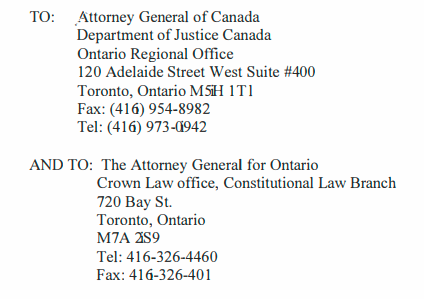

This may seem pretty basic, but the addresses for service have to be included in the SoC. All of them must be, even if multiple parties can be served at the same address. Only a handful are in this case (seen in page 2 and 3). Should the Defendants stop ignoring this case, it may become a real problem.
Then again, it’s an open question how many of these parties have been served at all. The only ones we can be sure of are Windsor-Essex County and their Doctor. The Ontario Superior Court in Toronto, replied to several inquiries that there was nothing filed beyond that notice of intent from WEC. No affidavits of service, even months later.
CBC News has obtained an unredacted copy of a lawsuit launched by an anti-vaccination advocacy group against the government response to the coronavirus crisis, the details of which can now be independently verified and publicly reported for the first time.
.
The lawsuit was filed July 6 in the Ontario Superior Court of Justice in Toronto by Aylmer, Ont.-based Vaccine Choice Canada and seven individuals. The legal action is a challenge under Canada’s Charter of Rights and Freedoms to the country’s pandemic response measures, including compulsory face masks, the closure of businesses and the enforcement of physical distancing.
In an August 2020 article, CBC claimed that they had “obtained an unredacted copy” of the lawsuit. They imply they were never served, and only got a copy of contacting the Court itself. Whether this is true or not is unclear, but pretty damning if it is. Interestingly, it’s mentioned how the case might get dismissed because it doesn’t comply with the rules, and doesn’t justify a lot of its allegations. CBC also says that Galati refused an on-the-record interview, but then threatened the network with how they cover the protests. All of this sounds surprisingly believable.
Granted, there was a temporary moratorium on filing deadlines last year. But that ended on September 14, 2020. There’s no valid excuse for a response to have not been sent by now.
The items listed above are not minor errors, but could easily stop an action in its tracks. Hard to believe that all of this was due to sloppiness. This isn’t some rookie associate drafting the SoC.
The reality is that the vast majority of the content in the SoC doesn’t belong here. The originating document is supposed to be concise, brief, and outline the facts to be proven. The drafting was quite shoddy, and doesn’t seem like it was ever designed with a Trial in mind.
8. Dismissal For Unnecessary Delay, Failure To Serve
RULE 24 DISMISSAL OF ACTION FOR DELAY
Where Available
24.01 (1) A defendant who is not in default under these rules or an order of the court may move to have an action dismissed for delay where the plaintiff has failed,
(a) to serve the statement of claim on all the defendants within the prescribed time;
(b) to have noted in default any defendant who has failed to deliver a statement of defence, within thirty days after the default;
(c) to set the action down for trial within six months after the close of pleadings; or
(d) Revoked:
(e) to move for leave to restore to a trial list an action that has been struck off the trial list, within thirty days after the action was struck off.
What we have is a situation where:
[1] The Government won’t try to strike defective pleadings.
[2] The Plaintiff won’t seek default judgement on a non-response.
Nothing has happened to this suit in a year. Outside of collusion or some kind of agreement, there’s no real explanation. But that hasn’t stopped Vaccine Choice Canada and their lawyer from doing a media blitz last summer. Even as donations flooded in, it was never disclosed that what the situation was. Well meaning people were led to believe that this case was being pursued diligently.
In reality, the Defendants could file a motion to dismiss this case at any point.
This case used to be prominently posted on the Vaccine Choice Canada website. It’s now not as easy to find, unless one knows where to look.
Now, there have been recent claims that these affidavits of evidence (in the thousands of pages) were being compiled to drop on the Government. Even if true, no Judge is going to read documents of that length. Additionally, it won’t help when the flawed SoC gets thrown out, for the reasons listed above.
If exposing Trudeau and Ford was important, just imagine what a SoC, properly drafted, could have done. Imagine all of the information and evidence that would have been flushed out during depositions and discovery. Instead, this has been a waste of time and money. In fact, it doesn’t seem like there’s any urgency to bring any of the Constitutional Rights Centre cases ahead.
Despots like Trudeau and Ford are despicable people, but at least we know they are enemies. It’s the people masquerading as allies who are harder to put up with.
To anyone still donating to these scams, think long and hard about it.
(1) https://canucklaw.ca/wp-content/uploads/2021/07/vaccine-choice-canada-lawsuit-unredacted-version.pdf
(2) https://www.ontario.ca/laws/regulation/900194
(3) https://canucklaw.ca/action4canada-statement-of-claim-fatally-defective-will-never-make-it-to-trial/
(4) https://www.ontario.ca/page/search-court-cases-online
(5) https://vaccinechoicecanada.com/media/press-release-legal-challenge-to-covid-19-measures-filed-in-ontario-superior-court/
(6) https://www.cbc.ca/news/health/coronavirus-charter-challenge-1.5680988
Like this:
Like Loading...
